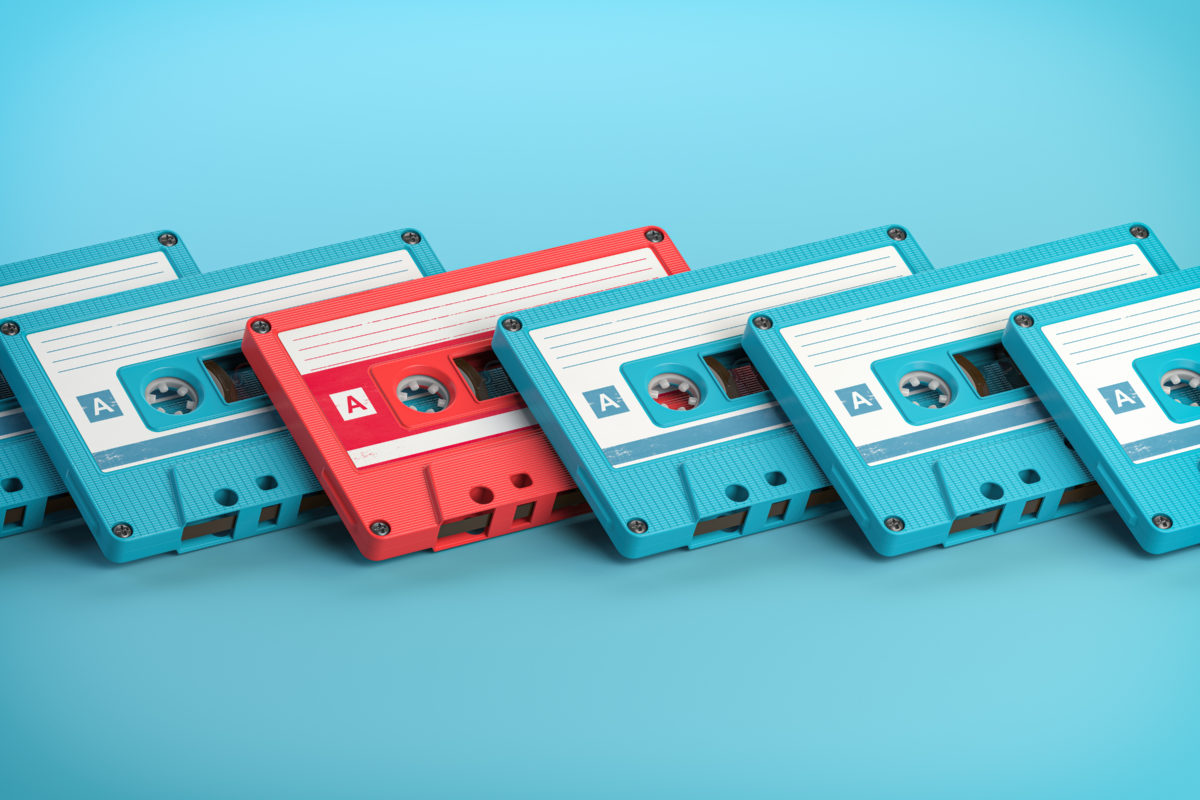“2021 is the year sonic branding enters the mainstream”
In today’s article, we’ll take a look at the newest analysis of the importance of audio in building the company’s brand.
It’s nothing new to say that audio is getting more and more significant if we talk about the recognition of a brand. It’s no longer enough just to show our consumers what we look like, it’s time to let them know how we sound.
Laurence Minsky, associate professor at the School of Media Arts at Columbia College Chicago and co-author of Audio Branding, says:
“Research indicates that multi-sensory brands are stronger than simply visual brands. It’s because the more you engage the senses, the more ways the brand will resonate with their prospects and customers”.
The audio industry is getting increasingly more attention lately. Two factors have the greatest influence on this: the commonness of voice assistants (including the ones on smartphones as well as the ones on smart speakers) and the growing popularity of podcasts.
Due to the high pace of life, people enjoy all the amenities that will save them some time. It’s much faster to give a voice command to a smartphone than to enter your query in the browser. And this is where smart speakers enter the scene. These smart devices have already made a great fit with the mainstream trends making people’s lives much easier. It is said that screenless purchasing using smart speakers will reach over $40B in 2022, up from $2B today across the US and the UK.
The growing popularity of podcasts also fills our days with sound. It’s common to listen to them at home, on a walk, while running or travelling by car. And the sound is a really powerful way of reaching our customers.
Who today does not feel a sudden need to lie down and relax while hearing the jingle of Netflix?
The sound characteristic of brands carries enormous marketing potential. It has been known for a long time that sound is perceived as a much more intimate and emotional medium than the image. It is also much easier to condition people to sounds – evoke the desired thoughts, emotions or behaviours – after all, it all began with the sound of the Pavlov’s bell. The sound is therefore an extremely unique stimulus with which you can build your brand recognition.
The largest brands have already taken care of this side of their marketing. Recently, Mastercard has also taken impressive steps in this area. It must be said that Mastercard put its heart into this part of its brand – treated it comprehensively. They’ve created not only the jingle – the output of their work is a playlist of interculturally adjusted soundtracks. Yet the melody is universally recognizable in all its shapes and sounds.
Raja Rajamannar, chief marketing and communications officer, Mastercard, said:
“Sound adds a powerful new dimension to our brand identity and a critical component to how people recognise Mastercard today and in the future”. He also added: “We set out an ambitious goal to produce the Mastercard melody in a way that’s distinct and authentic, yet adaptable globally and across genres. It is important that our sonic brand not only reinforces our presence but also resonates seamlessly around the world”.
Unfortunately, it is common for smaller companies to treat this part of marketing a bit superficially – they create a jingle that appears several times and then disappears – don’t go that way! It can’t be handled that lightly. The sound palette must be as unique as the colour palette selected for visual communication. Thanks to this, the user will know who they are dealing with after the first note
Moreover, a sound identity is a must if you realize that people are bombarded with on average over 6 000 marketing messages per day. Using sound is one great way to differentiate from other products. And brands should seize this opportunity.
If you want to know more about the topic, you should certainly check out this article.



